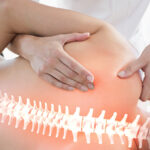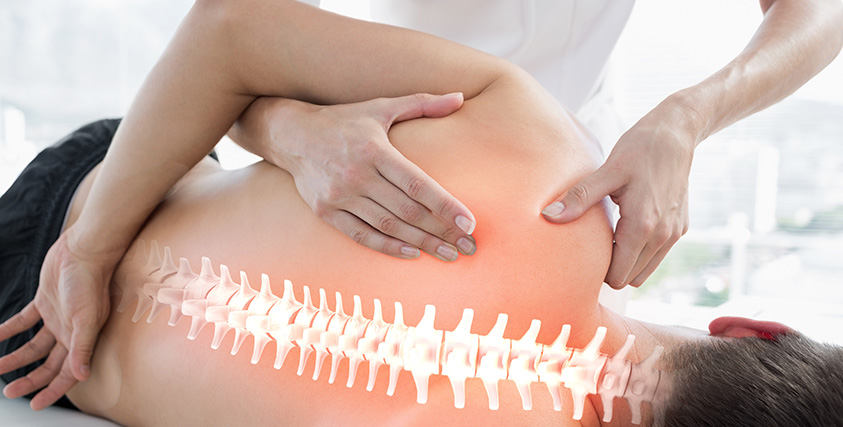Staying fit in today’s era is a challenge for everyone from kids to adults. Yogasana is a way to stay healthy, by adopting it we can lead a healthy life. But doing yoga is not as easy as we see it on TV. Doing yoga without any guidance and ignoring your health problems can be injurious to your health. That’s why you need to know who should do yoga, when to do it, and what should be done before doing yogasana. Under what health conditions it is appropriate to do it or not? Let us know what to do and what not to do before yoga, read this article to know.
From five years old to the elderly can do yogasana
Although everyone can do yoga, from a five-year-old child to the elderly, it is important to take care of some special things. Those people who have serious illnesses, or have recently undergone surgery should not do yoga. For this, they need expert guidance. Yoga transmits energy in the body. By doing pranayama, asanas, yoga postures, etc., a person is able to take in more oxygen than normal. In this way, the body remains healthy and fit. The life of every person who does yoga increases and he stays away from diseases. It should be the endeavor of everyone that they should do yoga only under the guidance of experts. So experts can’t tell people how to perform yogasana keeping in mind the health condition of the people. Difficult pranayama and asanas should not be done without expert guidance. Yoga Retreat in Rishikesh you will be the best to train would-be yoga instructors.
1. Do yogasana on an empty stomach after defecation
Yoga expert Magan says that never do yoga immediately after eating food, the best time to do it is morning and evening. Yogasana should be done only after defecation in the morning. The navel is like a powerhouse in the body. At the time of the birth of the child, he eats and drinks from the navel itself. When we do Kapalbhati, there is a stroke on the navel in the process of exhaling. If a person has not defecated then he may have a problem. Doing yoga after defecation strengthens the navel energy. The stomach remains empty, and there is no lethargy and sleep, by being concentrated, one can focus only on yoga, is able to make decisions and the self-confidence is strong.
2. Always do yogasana after four hours of having a meal
The effort should be to do yoga after four hours of eating. Yoga experts say that in this time our food gets digested and doing yogasana is beneficial.
3. Do not do surgery on the heart, spine, or bones
If a person has recently had surgery. People who have had heart surgery, spine surgery, leg-hand, and joint bone surgery should follow the diet and other things as per the doctor’s advice. Try to rest for six to seven months. Do yoga only after consulting a doctor. Do not do difficult postures, do yoga only after taking expert advice and under their guidance. Doing so will be beneficial for their health.
4. Patients with high diabetes and high blood pressure should not do Tribandha Yoga
Tribandh Yoga is also known as Tribandhasana. It should not be done by patients with high diabetes and high blood pressure. According to Yoga Expert Magan, while doing this, taking long deep breaths, compressing the bowel movement, moving the stomach inwards, lock the chin with the throat. During this, neither exhale nor inhale for about 10 to 15 seconds. Holding the breath. Doing so can be harmful for patients suffering from diabetes and blood pressure disease. Because in the process of breathing in it, it has to be stopped for some time. This can increase the BP of blood pressure patients. People with diabetes may also have high sugar levels. Therefore, yoga should not always be done without an expert.
5. Those who have blood pressure disease, do not do headstand
According to yoga experts, people who have blood pressure disease should not do headstands. Because in a headstand the head is close to the ground and the feet are upwards. By doing this, the blood flow of the body flows in reverse. The flow of blood in the brain is rapid. If people suffering from this disease do this asana, then they may have a brain hemorrhage.
6. Doing Pranayama against the rules is wrong
Every pranayama has its own rules for doing it, if done against it, it can have a bad effect on health. There may be a disadvantage instead of an advantage. Experts say that according to nature, when we breathe in, the chest fills up and inhales inwards, when we exhale, the chest goes outwards. The same process has to be repeated in Pranayama as well. Be it Paschimottanasana, Hasta Padmasana and other yogas. Whenever someone does yoga with an expert and somewhere he performs incorrectly, then the expert corrects him immediately. In this case, the chances of getting health-related problems are less.
7. Sheetali Pranayama should not be done in cold
Yoga expert Magan explains that Sheetali Pranayama is also called Sheetkari Pranayama. The people of India should never do it in the cold. By the way, the people of the state where it is cold throughout the year should also not perform it. Summer is the best time to do this pranayama. By doing this the body cools down. If one performs it in winter, he may feel cold.
8. Those suffering from the problem of slip disc, do not do asanas that strengthen the spine
Yoga experts say that people who are suffering from slipped disc problems or any other disease related to the spinal cord should not do spinal yoga. By doing Merudanda Yoga, they have to bow down and any nerve in the spinal cord gets pressed. People suffering from this problem should not do asanas like Shalabhasan, and Makarasana. Such people can do lying-down yoga related to breathing by taking the advice of experts. By the way, people suffering from this disease are not advised to perform any yoga and asanas. Because it can aggravate their disease.
9. What to do for people with cervical pain
Experts say that people who have problems with cervical pain should not do Bhujangasana, forward bending postures, including Mandukasana. In the absence of information, their disease problem may increase. Such people should always do yogasana only after taking expert advice.
10. Take This Caution At A Glance
- Do yoga after defecation
- Do yoga after four hours of eating
- Fix the time, do yoga daily at the same time, it gives more benefit
- There is a myth among people that there is no benefit from yoga, it is wrong.
- People after 40 years of age should make changes in their diet, eat simple food, eat less oil-spicy foods, eat sprouted gram, reduce the intake of maida, and eat more boiled food.
- Get at least eight hours of sleep
- Always perform yoga only after taking expert advice.
11. Elders should take care of these things
Experts suggest that people who are unable to walk or are elderly should practice subtle yoga. Do Kapalbhati, Anulom-Anilom, Bhastrika Pranayama, Udgeeth Pranayama with expert advice. Efforts should be made for the elderly they should not perform such yoga asanas, due to which they may suffer physically. They should do yoga under the guidance of a yoga expert.
12. Pregnant Needs Attention
Pregnant women should never do yoga-pranayama without expert advice, it can have a bad effect on their health, and their health as well as the life of the baby is at risk. Yoga experts say that pregnant women should not do yoga, take expert advice, and follow the instructions given by the doctor.
13. Do not do yogasana without expert help
Every person’s body is different. Many people also have different types of diseases. In such a situation, if he wants to do yoga, then tell his problem to the yoga expert, and after that do yoga asanas as per his instructions.












